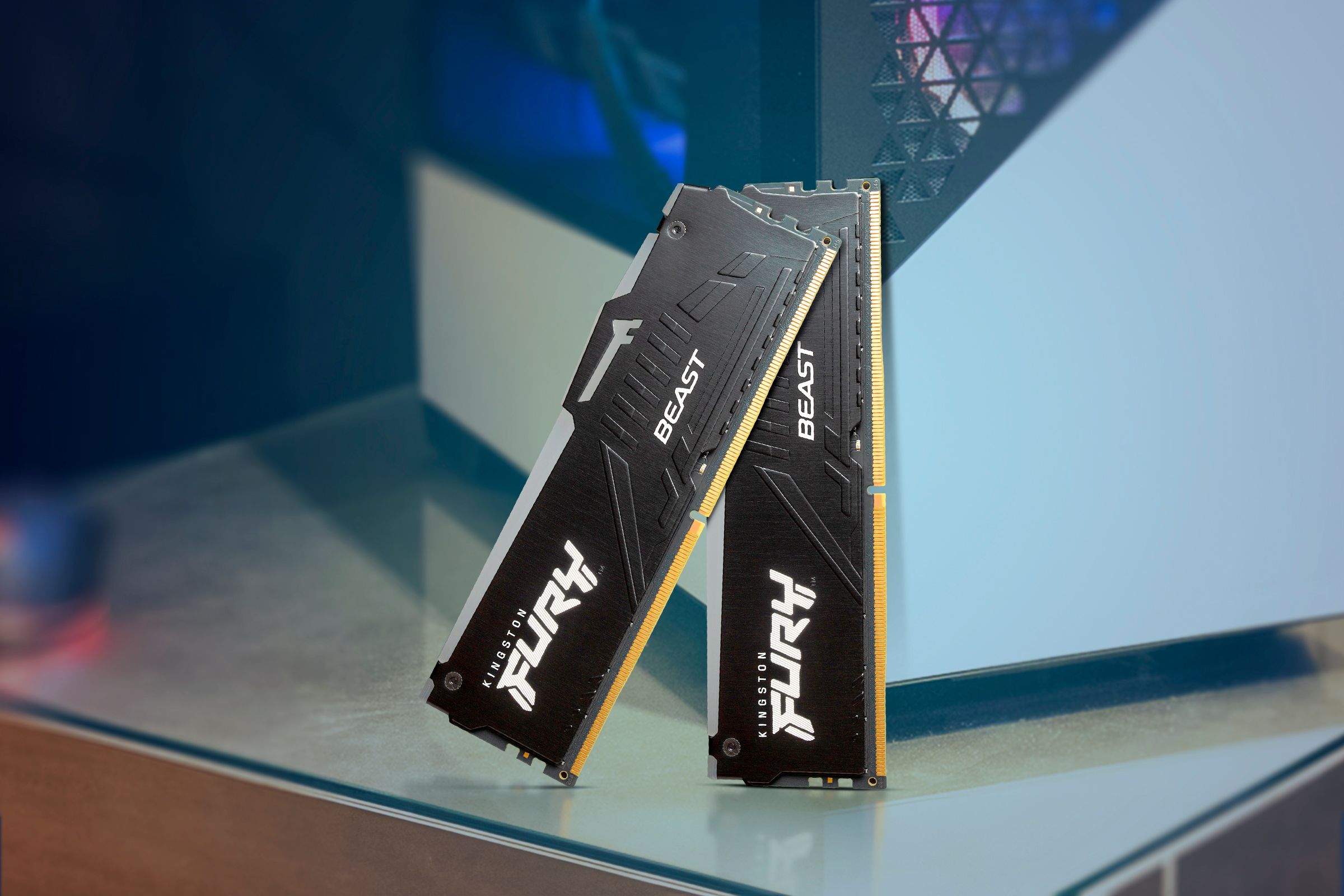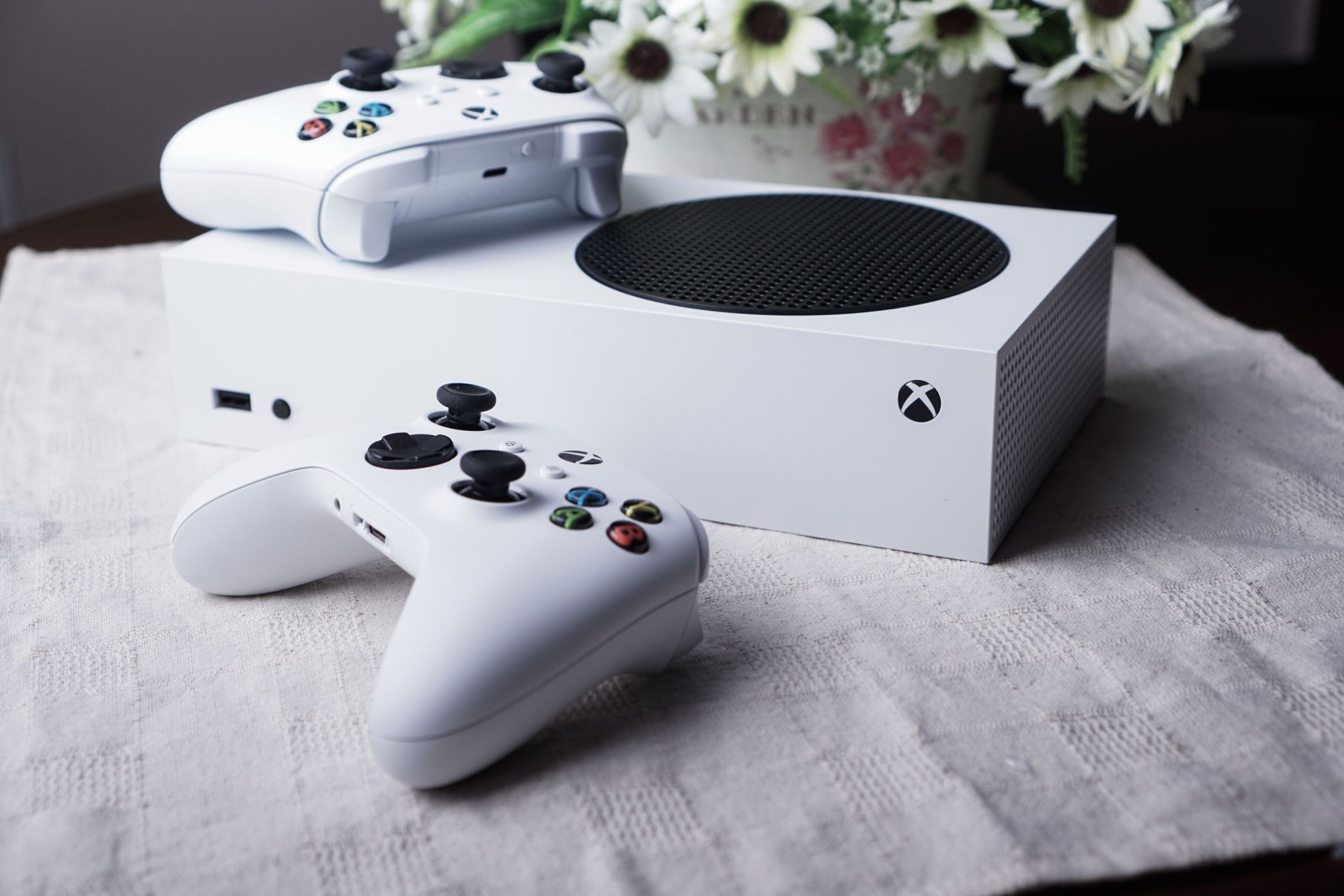Input Lag vs. Frame Rate Drops: What’s the Difference, and How to Handle Each?
PC Optimization
Key Takeaways
- Input lag is the delay between pressing a button and seeing the result on-screen, aim to keep it under 50ms.
- Frame drops are sudden decreases in frame rate caused by increased load on components.
- Reduce input lag with features like game mode on monitors, VRR tech, and aim for stable FPS for smoother gameplay.
Input lag and frame drops are two performance issues in games that some players get mixed up. However, while there’s some overlap, these are two completely different issues and understanding what they are and how they differ is an important step towards making your games run better.
Understanding Input Lag
Input lag or input latency, as it’s also known, is simply the time from where you press a button, move a stick, or any other input, and the image on screen reflects that input. So, if you press the “jump” button and your character only jumps half a second later, that’s an example of severe input lag. It’s impossible to complete eliminate input lag, but the aim is to reduce it to the point where you can’t perceive it.
For most people, anything under 50ms should feel instantaneous, but some professional esports players might be more sensitive, and I’ve seen the sentiment that anything over 33ms or so is disruptive to the gameplay experience. Whatever the exact amount of input lag you’d find acceptable, if you have too much of it a game will feel unresponsive and harder to play well.
Input lag can be caused by any number of things, and the total click-to-photon lag you get is the total result of all the things involved in that chain of events. However, I’ll cover the easiest lag-reducing tricks below.
What Is a Frame Drop Actually?
A “frame drop” is simply a drop in frame rate. So, for example, a game might be running at 60 frames per second, and then suddenly drop to 30, or 45, or any number below the target frame rate. It’s not unusual for even a well-optimized game to have frame drops from time to time.
A sudden one-off frame drop can be caused by shader compilation or a sudden increase in the load on your GPU, which then can’t produce as many frames as it did before. It might be because of a spike in CPU load, such as when something explodes causing lots of physics calculations.
As you can tell, most of the time frame drops are caused by an increase in load on any component that’s involved in drawing the next frame. However, there are other more esoteric causes, such as using double-buffered V-sync, where any drop below the target rate will decrease frame rates by 50%!
In almost all cases, a stable frame rate is preferable to a higher, but less stable frame rate, but some modern technologies make this less true. We’ll cover that in just a minute.
Minimizing Input Lag
To cut down your input lag, there are quite a few things you can do. Usually the largest culprit for input lag is the display device you’re using. A gaming monitor, for example, is designed to minimize input lag. Although you need to ensure it’s running in the correct mode for this. Likewise, if you’re playing on a TV, you’ll want to activate its game mode, which strips out post-processing for image quality in return for minimal lag.
In-game, you may want to turn off features like V-sync, or at least triple-buffered V-sync. These tend to add some input lag, although if your frame rates are high enough, it shouldn’t be an issue. That said, professional players don’t use technologies like V-sync, despite artifacts like screen-tearing.
Modern GPUs and screens that support variable refresh rate technology such as NVIDIA G-sync, AMD Freesync, and HDMI VRR allow minimal input lag. Likewise, some games support features like NVIDIA Reflex, or AMD Anti-lag. Just tick those boxes in-game, and you’ll hopefully get optimization for less input lag.
If you use a wireless keyboard, mouse, or controller, try wired alternatives instead. Modern wireless gaming peripherals have negligible lag, but it all adds up, and it’s worth a shot, especially if you have peripherals that can be used in both modes, so you can compare.
Tuning for Stable Frame Rates
While you might think that getting the highest frame rates possible is what you want, there’s a strong argument for tuning your games to have a stable frame rate instead. While the occasional frame drop is fine, constantly lurching frame rates don’t feel great, don’t look great, and can negatively affect your gameplay. So, even though your system can hit (for example) 75fps, you might purposely limit your frame rate to 60fps, so that you can enjoy smooth, perfectly-paced frames.
Remember when I said that frame rates and input lag overlap somewhat? That’s because higher frame rates generally lead to less input lag. This is because the more frames you have, the more often the world state is updated on-screen.
This is why esports players target frame rates in the 100s and use monitors with refresh rates like 240Hz or 360Hz. They do this by turning the game settings down as much as possible, and disabling technologies like V-sync. Visual quality is irrelevant, only making the game as responsive as possible, and seeing any changes in the game as soon as possible.
However, for single-player games, the priority is different, and so generally, it’s better to cap your game’s frame rate to a number that it can produce consistently, rather than the absolute highest number it can achieve at any given moment.
If you take the time to reduce input latency, and get a stable frame rates, your games will look, feel, and play better. It’s the difference between fighting against your game, and just enjoying the game itself.




















